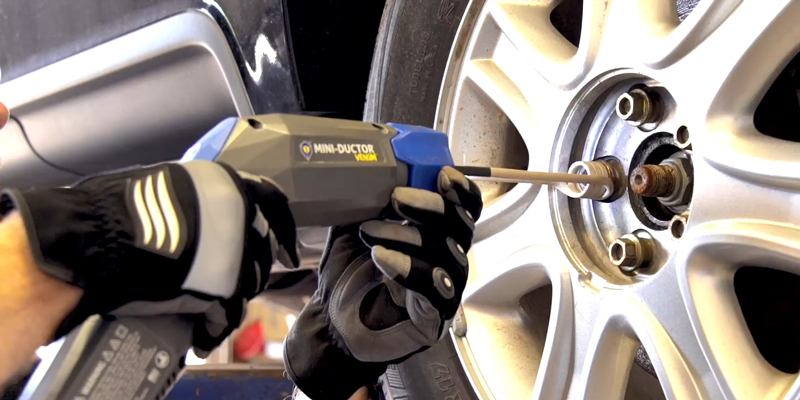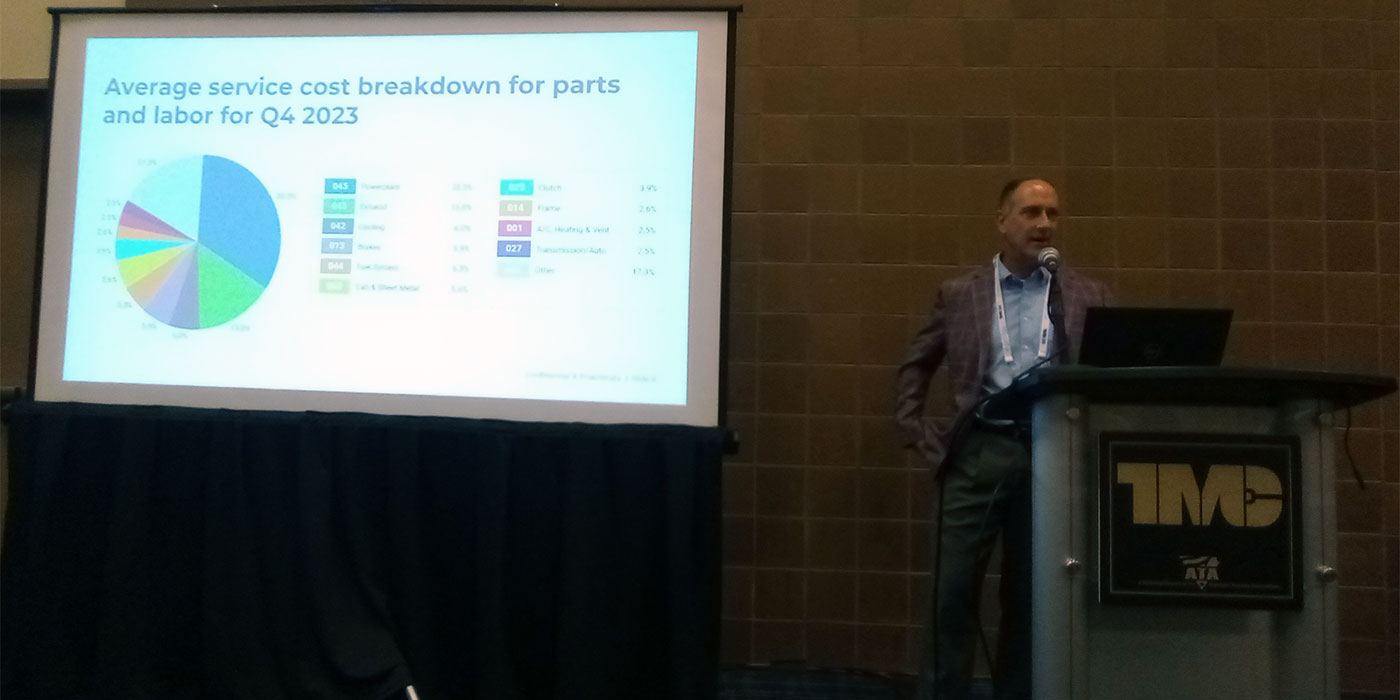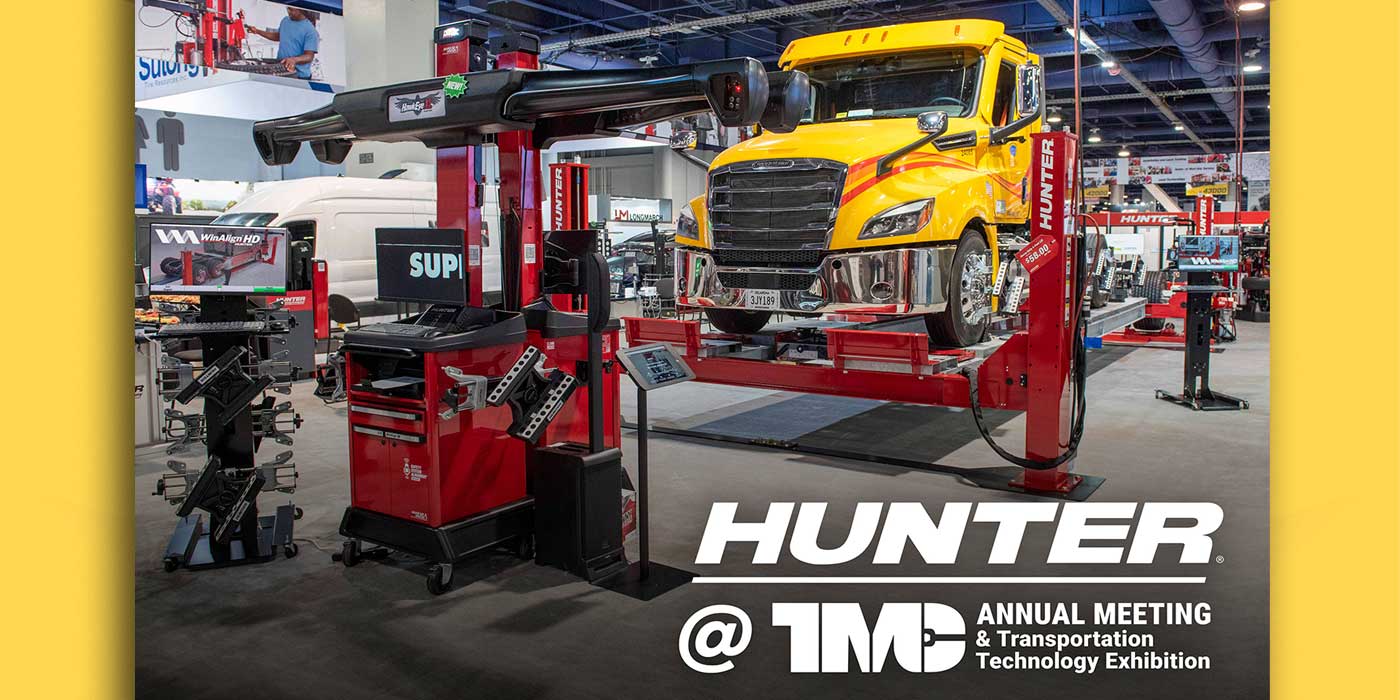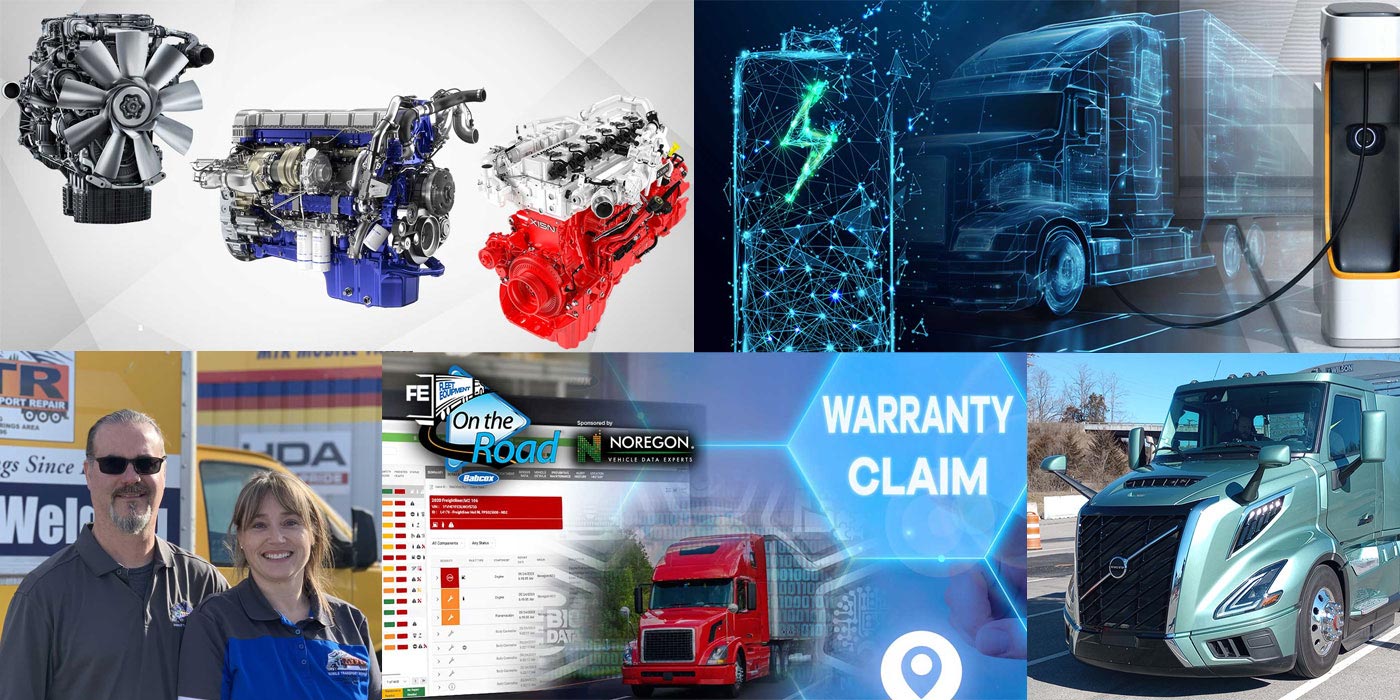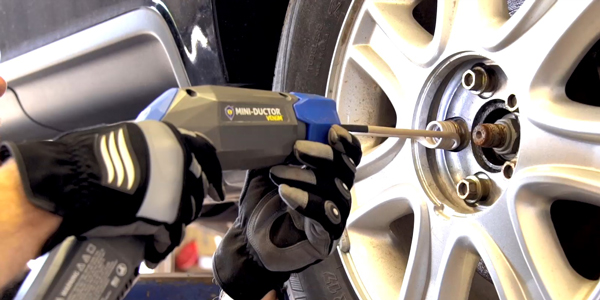
Maintenance and repair costs in the trucking industry are meticulously tracked for cost effectiveness. It’s important to know, for example, when wear and tear begins to outweigh the benefits of keeping an older truck on the road.
An effective system of tracking and implementing preventative maintenance can reduce the amount of time that trucks are out of service.
That’s why tools and technologies that can reduce the amount of time spent on routine maintenance and repairs are in demand in the maintenance of heavy-duty trucks. And increasingly, induction heating tools are part of the mix.
By shaving time off routine maintenance tasks that require the loosening of bolts, pins and other parts, induction heating tools can be leveraged to significant advantage when it comes to getting a Class 8 truck back on the road sooner. That’s because induction heating works faster than acetylene torches to heat up and loosen parts, allowing for the faster, easier removal of parts like exhaust manifest bolts, brake anchor pins and other fasteners.
Induction heating is a flameless process that uses high-frequency magnetic fields to heat a targeted area.
Here is an overview of the three most common benefits cited by heavy-duty technicians using induction heating.
1. Time savings on common fleet maintenance tasks
Ferrous metal parts that have seized due to rust and corrosion caused by salt, calcium and magnesium build-up can be time-consuming to remove with oxyacetylene torches, which can take 15-20 minutes to heat a single point. Induction heating tools can turn a ¾-in. bolt red-hot in as little as 15 seconds. With larger parts, it still only takes a few minutes.
The versatility of induction heating tools means this time savings can be leveraged across a wide variety of common removal tasks for heavy-duty trucks—in the engine compartment, in the cab, on wheels, and even on tractor units and trailers:
- Exhaust manifold bolts
- Engine mount bolts
- Clevis pins and nuts
- Steering system parts
- Frozen shock absorbers
- Ball joints
- Transaxle bolts
- Seatbelt bolts
- Lug nuts
- Decal and vinyl removal
- Windshields
2. No risk of damage to nearby parts with flameless induction heating
Not only does induction heating generate heat faster, it works without the need to cover or remove nearby parts. With a malleable coil, inductor tools can easily reach tight spaces to loosen rusted and seized bolts, bearings and other ferrous metal parts and fasteners, without fear of secondary damage to fuel lines, wiring and other parts.
Induction heating only increases the temperature surrounding ferrous metal parts, leaving nearby heat-averse areas unaffected and reducing the risk of fire. In fact, some tire and maintenance shops no longer allow the use of open flame tools as the result of safety concerns. Induction heating eliminates these hazards, creates a safer working environment for heavy-duty technicians and reduces the need for oxy acetylene.
3. Cost savings, increased longevity of parts
Reduced exposure to flame can contribute to increased longevity in adjacent parts, reduces the risk of injury to heavy-duty technicians, and eliminates the risk and expense of having to stock gas cylinders—an expense that can include higher insurance premiums.
Induction heating also helps trucks get back on the road faster, reducing the opportunity cost of having them in the shop.
This Tech Tip was contributed by Induction Innovations.

